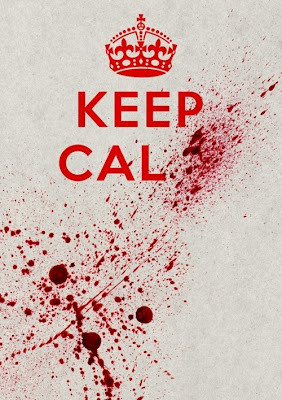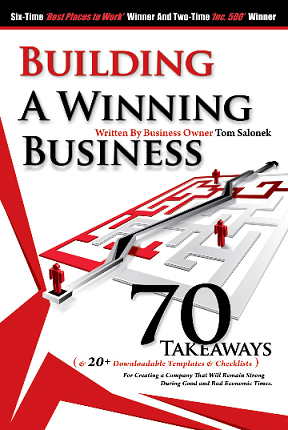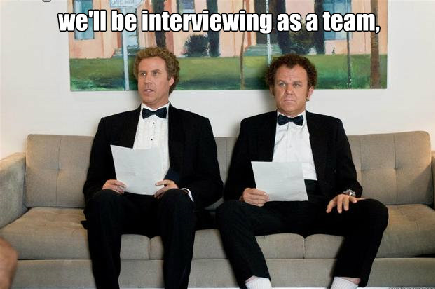 In my previous three posts on “Making Time for Work that Matters” I have recapped an interesting article by the same name that appeared in the Harvard Business Review. I found it interesting that editors at HBR chose to place that article in the magazine’s regular, “managing yourself” section. At Intertech, figuring out what’s important and where we should placing our effort is definitely a management priority.
In my previous three posts on “Making Time for Work that Matters” I have recapped an interesting article by the same name that appeared in the Harvard Business Review. I found it interesting that editors at HBR chose to place that article in the magazine’s regular, “managing yourself” section. At Intertech, figuring out what’s important and where we should placing our effort is definitely a management priority.
That’s why we use Key Results Areas (KRAs) with every employee. If you’ve read my book, “Building a Winning Business,” you already know I’m a passionate believer in KRAs! They are an effective tool for keeping everyone moving in the right direction. They provide a simple framework for regular “one-on-one” meetings between managers and staff. And they help us all remember that ongoing learning is essential to strong employee and company performances. Here’s an example of how they are identified, which happens as part of a dialogue between employees and managers:
| # |
KRA |
Goal |
| 1 |
Sales |
$2.5M |
| 2 |
Learning |
Complete negotiation training course at local university, finish book on effective use of LinkedIn for sales |
| 3 |
Special Projects |
Complete the guideline for onboarding new sales team members—each step must be SMART (Specific, Measureable, Attainable, Relevant, Time-Bound). |
We also include narrative sections covering related duties/activities, performance evaluation standards and skills/knowledge required for each. If knowledge gaps exist, we include a plan for how they will be addressed.
KRAs are limited to five, but should include at least three, and they must be discussed regularly to be effective. We use them as the agenda for regular update meetings between managers and employees. This helps our people know what we value and gives them a valuable baseline against which to measure their day-to-day activities. It also gives them a regular way to let us know what’s happening and if they are bumping up against any barriers.
KRAs are not intended to be a Billy club. Rather, they are more like a spotlight that helps cut through the fog. We keep the KRA dialogues open, ongoing and positive. Besides increasing everyone’s likelihood of success, KRAs used in this way eliminate any unpleasant surprises (for anyone) at annual performance reviews. Using KRAs in combination with the self-assessment tool developed by Birkinshaw and Cohen could be a powerful one-two punch in your and your employees’ daily fight with the clock!
 ss break the $1M barrier. Of those, only one in eight breaks $10M in sales per year.
ss break the $1M barrier. Of those, only one in eight breaks $10M in sales per year.


